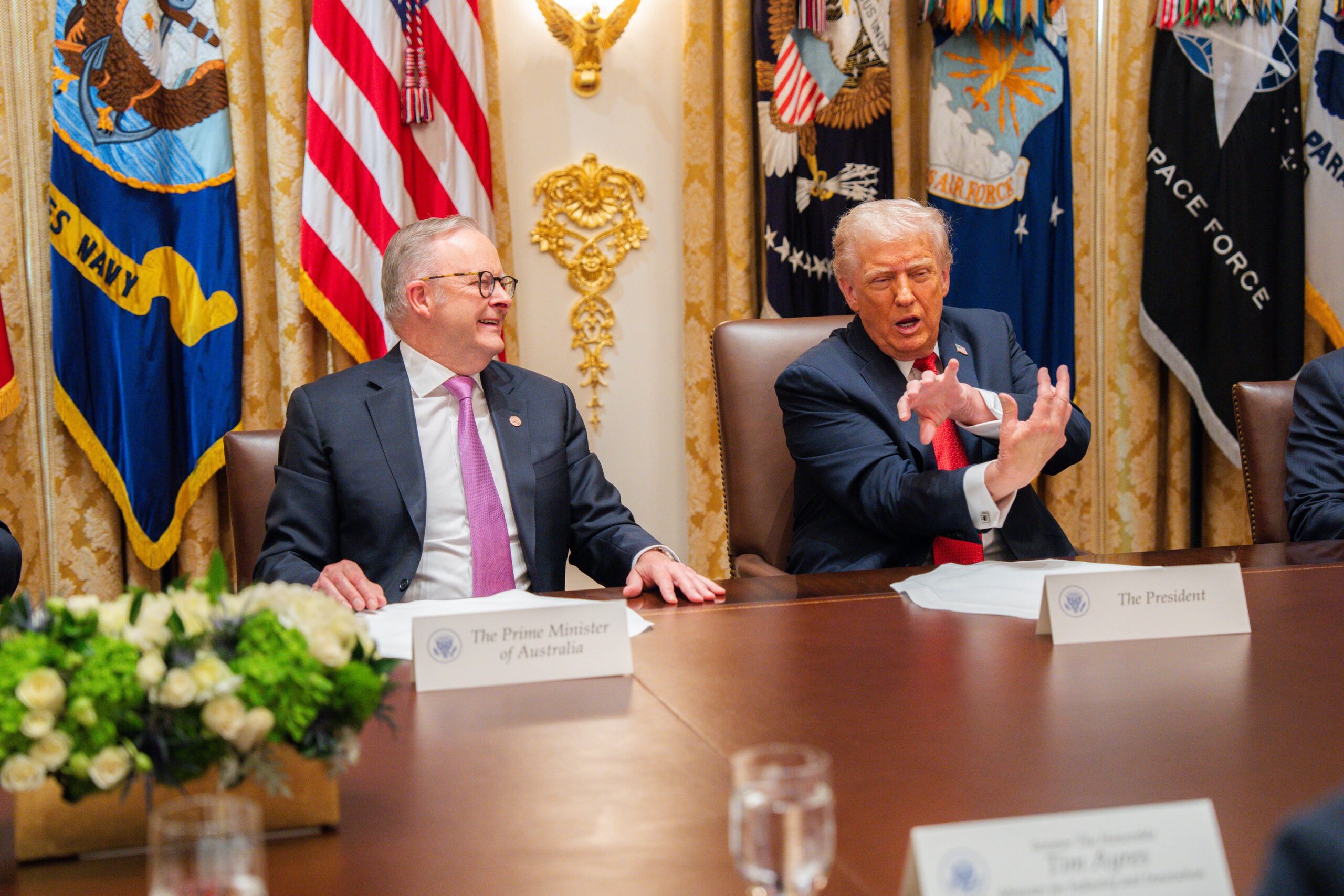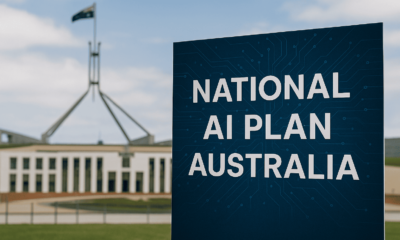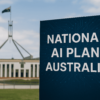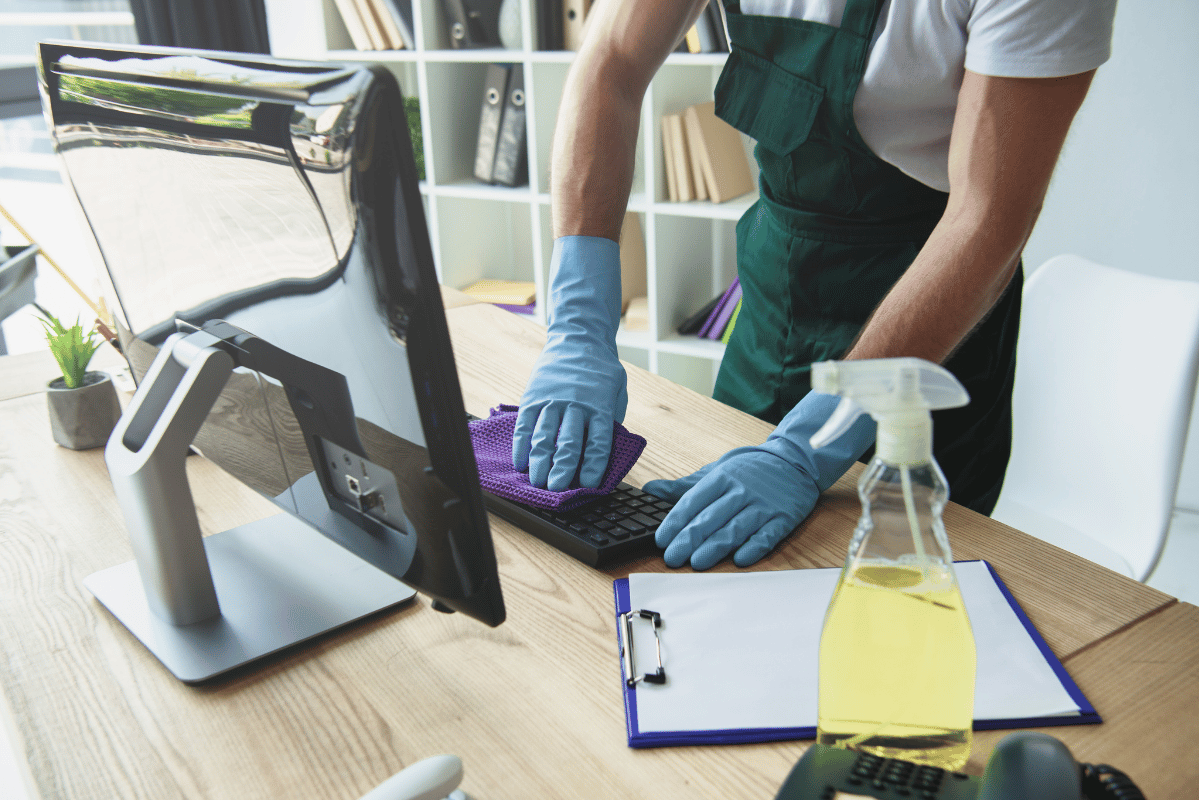Tech & Innovation
U.S.–Australia Critical Minerals Deal: What It Means for Our Future
In a world increasingly driven by technology, the raw materials that fuel innovation have become as strategically vital as oil once was. Recognising this, Australia and the United States have just inked a powerful new framework agreement to develop and secure critical minerals — materials essential to everything from smartphones to submarines.
This deal doesn’t just impact governments or tech giants — it has wide-reaching implications for Australia’s economy, jobs, regional industries, and how we position ourselves on the global stage. Here’s everything you need to know.
What’s the Deal?
On October 20, 2025, U.S. President Donald Trump and Australian Prime Minister Anthony Albanese signed a critical minerals framework agreement in Washington, D.C. Under the deal, both countries have pledged to mobilise at least $1 billion USD each over the next six months to support strategic mining and processing projects across Australia. The total investment pipeline referenced in media reports is approximately $13 billion AUD (US $8.5 billion).
A key early initiative is a planned gallium production plant in Western Australia, led by U.S. aluminium producer Alcoa in partnership with Japan-Australia Gallium Associates (JAGA). The facility is currently undergoing feasibility studies and, if approved, could significantly contribute to global gallium supply chains.
While some estimates suggest the plant could eventually supply up to 10% of global gallium demand, this figure remains a target projection and not a confirmed outcome.
Why It Matters
1. Reducing Dependency on China
Currently, China dominates the production of critical minerals — controlling over 80% of the world’s rare earth elements. The U.S.–Australia partnership is part of a broader effort to diversify supply chains and strengthen economic resilience amid rising geopolitical uncertainty.
2. Tech, Energy, and Defence Sectors Need These Materials
Critical minerals like gallium, rare earths, and lithium are essential to manufacturing:
- Semiconductors and microchips
- Electric vehicle batteries
- Solar panels and wind turbines
- Medical imaging devices
- Military-grade technology and radar systems
As the world moves toward digitalisation and clean energy, securing these materials becomes a top strategic priority.
3. Job Creation and Regional Growth
Early-stage projects under this agreement are expected to stimulate regional development and create employment opportunities in infrastructure, logistics, engineering, and advanced manufacturing. Companies such as Arafura Rare Earths and RZ Resources have received initial Letters of Interest (LOIs) from the U.S. Export-Import Bank (EXIM), which has committed over $2.2 billion USD in indicative financing toward aligned Australian projects.
The Numbers
| Metric | Value |
|---|---|
| Estimated Total Investment Pipeline | ~$13 billion AUD |
| Alcoa Gallium Plant Potential Supply | Target: ~10% of global demand |
| Australian Govt Equity in Gallium Plant | $200 million AUD (proposed) |
| U.S. EXIM Bank LOIs for Aus Projects | $2.2 billion USD |
| Early-Stage Project Partners | Alcoa, Arafura Rare Earths, RZ Resources, others TBD |
Beyond Gallium: The Rise of Rare Earth Minerals
While gallium is a focus, rare earth elements (REEs) — such as neodymium, dysprosium, and praseodymium — are also critical. These metals are essential for producing EV motors, wind turbines, lasers, and fibre optics.
Australia is one of the few democratic nations with significant rare earth reserves and capabilities. Projects led by Arafura Rare Earths in the Northern Territory and Northern Minerals in WA stand to benefit from increased investment and international demand. These initiatives are expected to strengthen Australia’s position as a reliable supplier of processed critical minerals, not just raw exports.
What’s Next?
While the deal is promising, most initiatives are still in early phases. Mines and processing plants require years of planning, permitting, and construction. Environmental and regulatory approvals will play a major role in project timelines.
The governments have signalled a commitment to streamline approvals and offer financing tools to accelerate development. The gallium facility, pending feasibility outcomes, could begin construction within 12–24 months.
What Does It Mean for You?
Whether you’re a business owner, investor, student, or everyday Australian, here’s what to expect:
- Upskilling & Jobs: From trades to tech, new roles are expected across logistics, R&D, and engineering.
- Regional Investment: Infrastructure and housing demand will grow in towns supporting new mining hubs.
- Global Relevance: Australia moves closer to becoming a world leader in resource security and clean energy tech.
- Innovation & Sustainability: As industry grows, so will demand for greener mining and processing solutions.
Final Thought
The Australia–U.S. critical minerals pact is more than just a diplomatic handshake. It’s a strategic shift — one that places Australia at the heart of a new global race for resources that power everything from electric cars to AI chips.
As governments and industries move to secure the supply chains of the future, this is a rare chance for Australia to lead — not just in digging resources out of the ground, but in refining, exporting, and innovating with them.
For Aussie businesses, workers, and entrepreneurs — this is a moment to watch.
Hi, I’m Ankush. Based in Port Lincoln, South Australia, I hold a Bachelor of Science and a Bachelor of Education (Middle & Secondary) from the University of South Australia, graduating in 2008. With several years of experience as a high school and secondary teacher, I’ve combined my passion for technology and finance to drive innovation in the on-demand service industry. As the founder of Orderoo, I’m committed to leveraging technology to simplify everyday tasks and enhance accessibility to essential services across Australia. My focus remains on exploring new opportunities to expand and improve these solutions, ensuring they meet the evolving needs of users and service providers alike.



































You must be logged in to post a comment Login